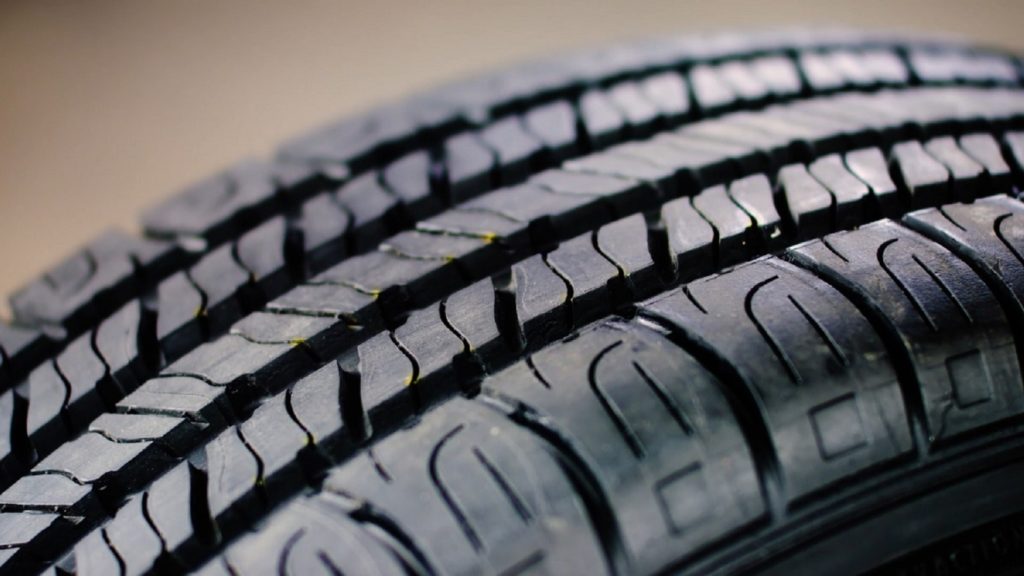
Tyres are your car’s only point of contact with the road. So they need to be in perfect shape for a smooth and reliable ride. Tyres wear out as you drive them, and depending upon your drive, road conditions, and braking, these can wear out faster. So, it’s essential to know tyres life and health.
Read: How to find the manufacturing date of a tyre?
Below, we have mentioned ways to check tyre life, so let’s begin.
Know the tread depth of your tyre

As tyres wear out, the tread depth is reduced. As a result, the car has less grip and hence less stability and traction. Measuring the tread depth of a tyre is a standard practice to know the life and health of a tyre. A tread depth of a car tyre is measured in 32nds of an inch. It’s because it’s hard to measure the exact tread of a car tyre without a gauge. New tyres usually have 10/32 or 11/32 inches of tread depth. So it can be a relatively easier benchmark to measure the car tread depth. Here below is what tread depth says about tyres condition and what you should do.
| Tread Depth | Tyre condition | Thing to consider |
| 8mm | Tyre is in new condition | Keep driving |
| 5mm | Partially worn out | Needs replacement soon |
| 2-3mm | Completely worn out | Needs immediate replacement |
The most common method of checking tyre life is through a coin. Here is how to measure the depth of a tread using a 5-rupee coin.

Step 1: Take a 5-rupee coin and put it in the groove between the ribs of the tyre. Ribs are the elevated pattern on your car’s tyre.
Step 2: Place the coin so that the base of the crescent is facing towards the surface of the tyre. There may be the following cases representing the health of your tyre. Access and know the condition from the cases below.
Case 1: If the year on the coin is dipped in the groove and the base of the moon is at par or raised from the surface of the tyre, then your tyre is new. If this is the case, your tyre is new, and you need not worry about the tyre condition.
Case 2: If the year mentioned on the coin is partially dipped in the tyre’s grooves, then your tyre is partially worn out. The estimated remaining tread is around 5mm, and your tyre will seek replacement soon.
Case 3: If the year is clearly visible and the grain design on the boundary of the coin is also partially visible, your tyres tread is approximately 3mm. You need to replace the tyre immediately.
Unusual tread wears and their causes

Tyre tread may reveal key issues with your car. Sometimes tread depth may be irregular, or you may see some cracks on the walls of the tyre. Such instances reveal critical problems with your car, which you may have ignored. Here below are some conditions that tyre tread reveals about your car.
1. Treadwear on both sides
If the tread is wearing out on both the tyre edges, then your tyre pressure is consistently low. Thus due to the weight, the tyre is compressed down where both shoulders of the car tyre are in contact with the road. Hence wearing out treads on both sides.
Such wear reduces fuel economy, creates more resistance, heat the tyre, and decreases the tyre’s thickness.

2. Treadwear in the centre
If you have excessive wear in the center of the tyre, then this means that your tyre is overinflated due to high pressure. Decrease your car’s tyre pressure and maintain it accordingly to improve tyres life. Check the recommended pressure by your car manufacturer on the door sideways.
This results in abnormal wearing of the centre of the tyre while the edges remain in good condition.
3. Uneven Tread wearing
If the tyre’s unevenly worn, there might be some problem with the car’s alignment. Uneven alignment means that tyres are experiencing more friction and wear out from many different angles.
Get your car alignment fixed through a tyre expert or official dealer.
4. Cracked/ damaged sidewalls
Cars may hit sidewalks or speed breakers so that the sidewalls of the tyre become weak. And with time, you may see cracks or damages. This can be alarming since the tyre can explode on high impact. A puncture cannot recover large cracks or damages, so the only way is to replace the tyre.
Do you have tips to share on this topic? Let us know.
You may also like:
All About Tyre Burst: Why Does It Happen and How to Prevent It?








Leave a Reply